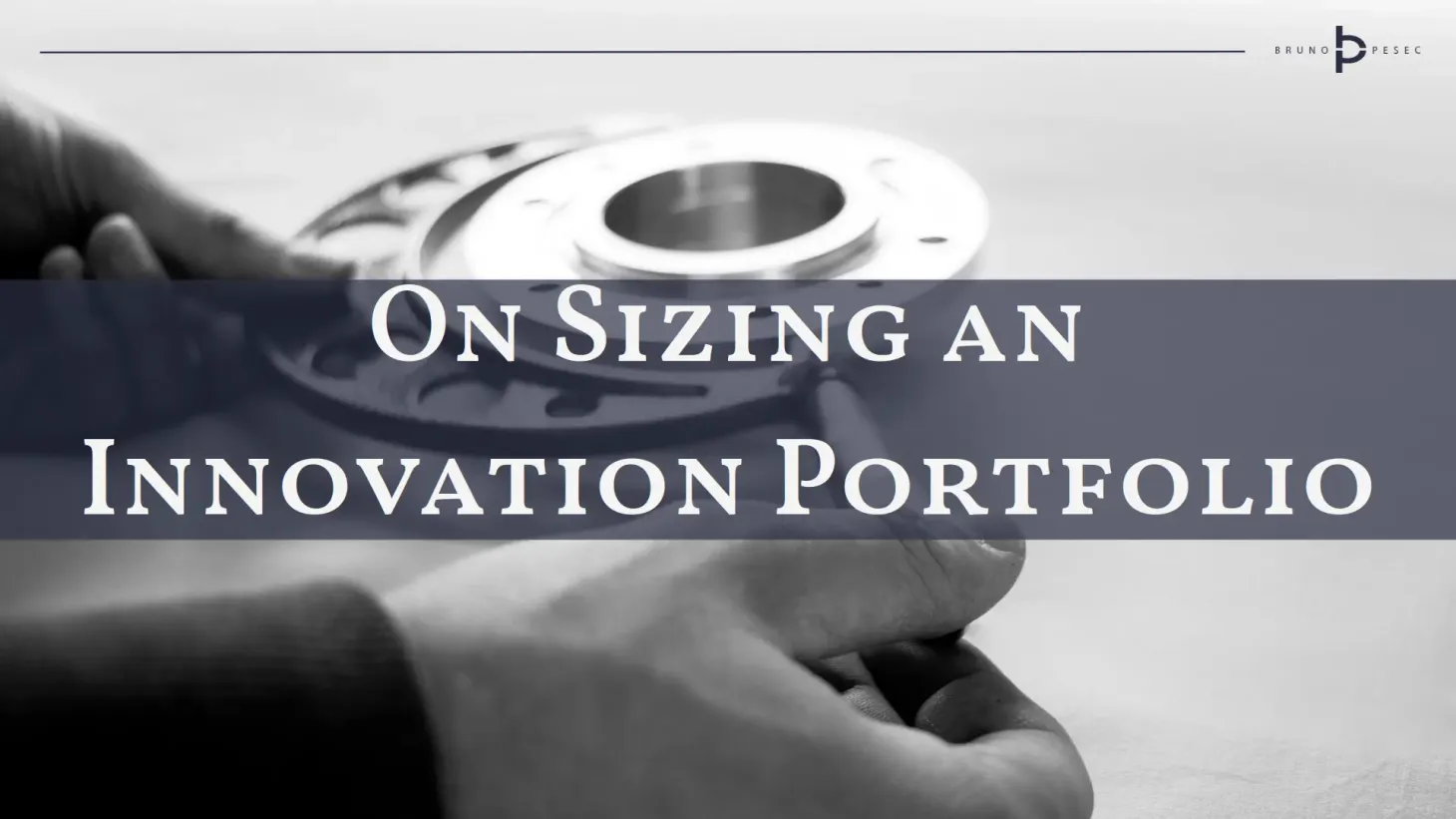Get your idea funded by questioning power dynamics
How can intrapreneurs leverage decision making, agenda setting, and management of meaning?

Throughout our lives we participate in a number of organisations.
Sometimes willingly, consciously, and visibly.
Sometimes, not so much.
But now I want to focus on perhaps most formal organisations that permeate our livelihood – companies.
In Happiness at Work, Jessica Pryce-Jones claims that an average person spends at least 90 000 hours at work. And that only takes into consideration regular work hours, i.e. 40 hour work week, from age of 20 until retirement at 65. How often is that true?
During that time most of us, if not all, have tremendous privilege of experiencing office politics and power struggles. And while it's convenient to wave it off as character flaws, underlying issues are a bit deeper than that.
Systemic patterns usually involve multiple complex power dynamics.
Philosophers, political and social theorists, and other academics are attracted to issues of power. They try to dissect it, analyse it, explain it, challenge it, illuminate it, model it – attempting to create one view to explain all phenomena.
Perhaps they are exercising futility, but sometimes useful models come out of it.
One of such models is the three-dimensional view of power by Steven Lukes (1974, 2005).
He proposed viewing power across following dimensions*:
- Decision making
- Agenda control
- Management of meaning
Those seeking to bring innovation to life within existing organisation must question how can they leverage these three dimensions.
*Lukes titles them differently, and I've taken liberty to interpret them. I've checked my interpretation against Hardy & Clegg (2006) and Marshall (2016).
Decision making
Lukes (1974) describes one-dimensional view of power as as study of decision-making behaviours in the making of decisions on issues over which there is an observable conflict of (subjective) interests.
No matter how brilliant your idea is, it won't matter much unless you can present it in the right decision arena.
Knowing where and how decisions take place might seem trivial.
Unfortunately, most of the time you cannot rely on your documented processes or company rule book, as decision making process will probably vary from arena to arena.
That's why it pays off to ask yourself:
- who makes the decisions,
- who controls the resources,
- how do they decide,
- what are the judgement or assessment criteria,
- where do they decide,
- when do they decide,
- what will my idea be compared to, and
- what am I competing with?
There is always competition for internal resources, and your idea will be contrasted to something.
You should be able to answer why is it better to invest in your idea rather than in some other activity.
It is also worthwhile thinking two levels up.
Perhaps your manager is the person to go to, but does he or she have the budget?
If not, where would they go? Then ask the question set from above for them as well.
Sometimes this thought experiment takes minutes.
Sometimes it might take few hours of concentrated work.
Once you understand who makes the decision and how, you should ask – how do I get in?
Agenda control
Lukes (1974) uses two-dimensional view of power for consideration of the ways in which decisions are prevented from being taken on potential issues over which there is an observable conflict of (subjective) interests.
Understanding decision making process is one thing, but understanding how to become a part of it another.
That's why you should question:
- who controls the agenda,
- how are agenda points selected,
- how and by whom are they framed,
- how can I gain a place at the table, and
- who and how can prevent me from gaining a place at the table?
Assuming too much about the above can backfire spectacularly.
Especially when it comes to innovation.
You might feel uneasy about the last question, but I suggest you consider it seriously.
Organisations build whole departments for singular tasks.
For example, and organisations might have two or more legacy IT systems. These systems cannot communicate directly. This was solved by first establishing a team that was manually transferring data between the systems. Solution worked!
But, how was solution scaled? By adding more people of course. And now you, the brilliant innovator, is coming forward with a proposal that can make that whole process obsolete.
Depending on the company and country culture, these people might challenge you directly or covertly, consciously or subconsciously.
It is beneficial to be aware of such issues in advance.
This step is massively leveraged by large consulting companies. That's why they go around insisting on all the pre-meetings, where they basically sell the idea to each decision maker individually, pre-framing them for the final kabuki show.
Should you be doing the same?
It depends. I am a proponent of metered funding, i.e. asking for small investments frequently. That gives you speed and you have something to report back (hopefully some validated learning and reusable knowledge).
But you can't scale all ideas incrementally, and at one moment you will require significant investment. If you have evidence that your idea is worth it, and have strong belief in it, then I'd suggest using whatever means necessary to get it in front of the right people.
Management of meaning
Lukes (1974) describes three-dimensional view of power as a thoroughgoing critique of the behavioural focus of the first two views as too individualistic and allows for consideration of the many ways in which potential issues are kept out of politics, whether through the operation of social forces and institutional practices or through individuals' decisions.
Who gives meaning to words in your organisation?
To become more aware of how this happens in your organisation, question following:
- who defines innovation,
- who defines strategy,
- who defines what is important or a priority,
- how, where, and by whom are these messages communicated,
- how, where, and by whom are these messages interpreted, and
- how different are these messages and interpretations from what is actually happening.
There are three ways you can leverage this knowledge.
First, to adjust how you talk about your idea or innovation project.
You can use the words that are commonly spoken within the organisation to make your idea appear less alien, less foreign. Be careful not to make it too mundane, as you might risk rejection on basis same old, same old.
Second, to create new words or phrases with new meaning.
Prerequisite for that is finding a phrase that is unused and uncontested. For example, Lean Startup was a grassroots movement. Eric Ries might've started it, but it spread all over the world because the problems that he dealt with resonated with people. A small and passionate group of people can start a chain reaction within the organisation.
Third, to change the meaning of existing words or phrases.
This is most difficult for individuals, and is more commonly deployed by internal shared service functions like human resources or communications. Good time to consider this if there is an overused word within organisation that became meaningless. Like innovation.
Making a difference
Successful intrapreneurs and innovators are able to leverage all three dimensions of power:
- Decision making
- Agenda control
- Management of meaning
Questioning them might not be a pleasant experience, but they do say that we grow by overcoming difficulties.
References
Hardy, C., & Clegg, S. (2006). Some Dare Call it Power. In The SAGE Handbook of Organization Studies (pp. 754–775). SAGE Publications Ltd.
Lukes, S. (1974). Power: A radical view. Macmillan.
Lukes, S. (2005). Power: A radical view (2nd ed). Palgrave Macmillan.
Marshall, J. (2016). Integrating action research, systemic thinking and attention to issues of power. In First person action research: Living life as inquiry (pp. 3–30). SAGE.
Pryce-Jones, J. (2010). Happiness at work: Maximizing your psychological capital for success. Wiley-Blackwell.
Bruno Unfiltered
Subscribe to get the latest posts delivered right to your inbox. No spam. Only Bruno.




